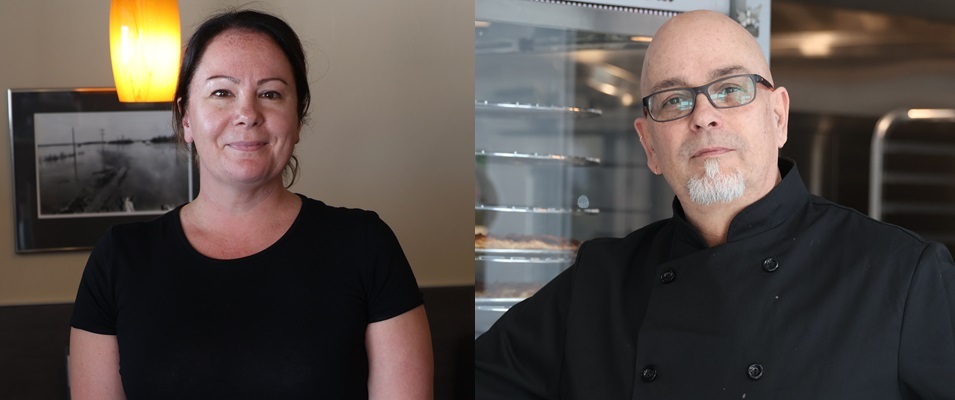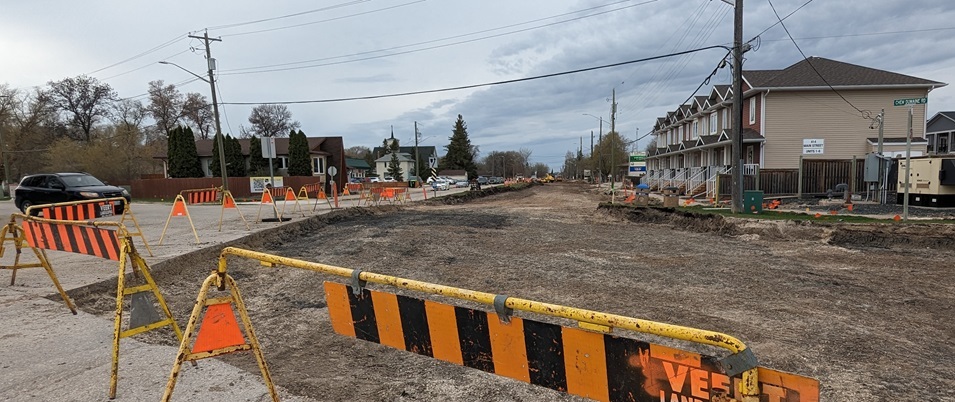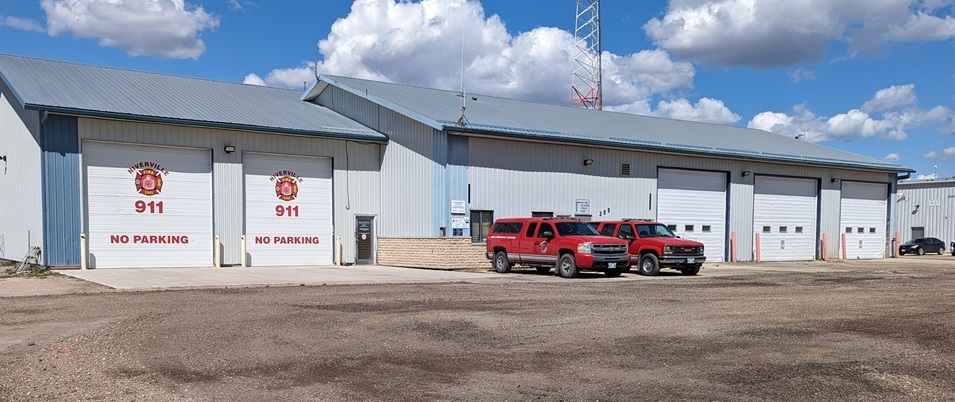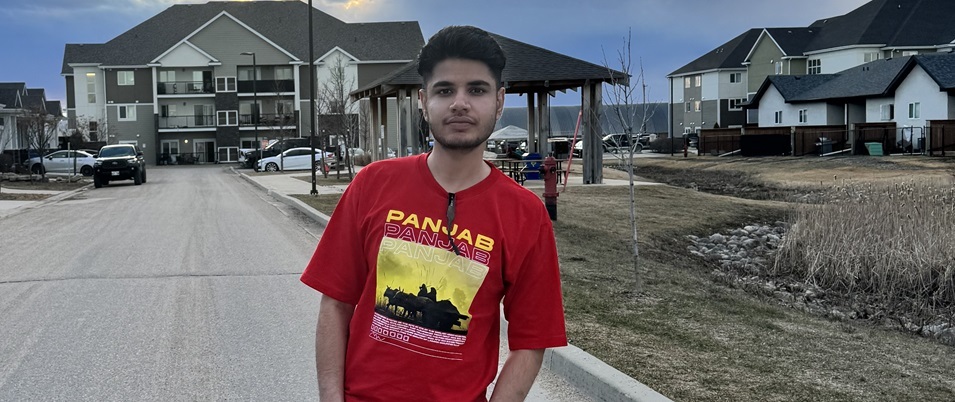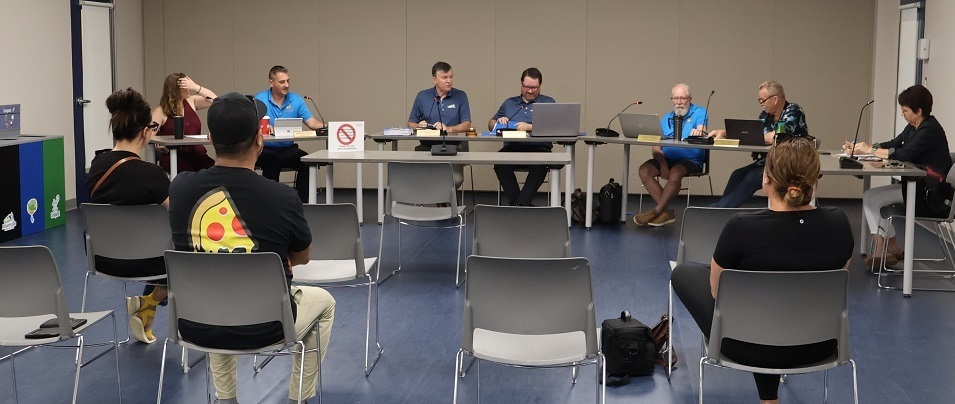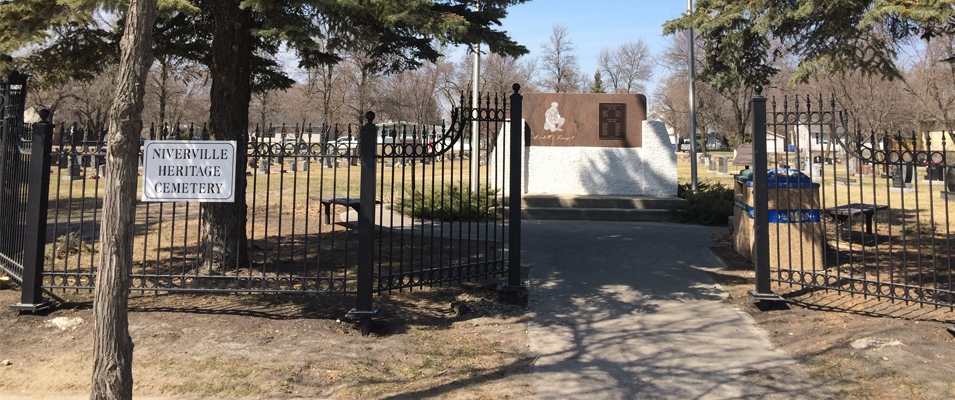
After nearly 70 years, the Niverville Funeral Aid (NFA) committee is winding to a close. While the organization once filled a deep need in the community, in its latter years the volunteer committee has had to come to terms with the fact that the times are changing.
“[In] the 1960s, the NFA had a membership of 600 and the town was a thousand people,” says Gerald Loeppky, chairperson of the NFA. “We’re now a town of 5,000 and we have a membership of 400.”
The NFA began as a means for the community to organize its efforts to help families through the difficult times associated with the death of loved ones. Its main function was to provide grief care, as well as financial aid by offering a burial plot and the opening and closing of the grave.
History of the NFA
Loeppky says that it has long been the legal requirement of municipalities to provide adequate burial space for its residents. In the mid-1930s, long before Niverville’s incorporation, the RM of Hanover made the decision to relieve itself of the responsibility of the many burial sites in its district by transferring all burial lands directly to the townships and villages. In many communities, this responsibility fell to the churches.
In Niverville, the United and Chortitzer Mennonite (CMC) churches willingly assumed title of what is known today as the Heritage Cemetery on Main Street. After all, most of the community’s residents were members of those churches. Each church assumed half of the cemetery site, with the United Church taking the south half and the CMC taking the north.
Because records are hazy and few of those alive at the time are here today to confirm it, it is unclear whether the churches were required to buy the land. A land title search would be needed, and this bears a cost. After having a conversation with Hanover Reeve Stan Toews, Loeppky says that a money transfer is unlikely, as part of the municipality’s reasoning in passing on the land was that communities were better equipped to provide grief care to their own people than the municipality was. It does not seem to Loeppky or Toews that financial interests would have been the motivation.
In those years, mortality rates were much higher. It was commonplace to lose a baby or mother in childbirth, or to bury a child who’d succumbed to a disease we no longer face today. Adults, too, didn’t have access to modern healthcare and often died at much younger ages.
Simply put, premature death was an unhappy reality.
Finances were also scarce. Families were left with few resources during and following the Great Depression, so the churches naturally functioned as builders of faith, beacons of hope, and purveyors of physical and financial aid. When a grave needed to be dug, men grabbed a shovel and got to work. Women busied themselves with preparing corpses and delivering food to grieving families.
As the community grew, the need arose for a more equitable approach to death and funerals. Some newer residents had no internal church affiliation, yet they faced the same struggles. So in 1950, the NFA was formed with an oversight committee of community volunteers.
In the first year, 500 members joined the NFA, paying 25 cents per membership and contributing an additional 25 cents with every funeral of a member. By 1965, the fee increased to $2.50 per member per year and gradually continued to rise until 2015, where it capped at $15 per year.
In 1973, a decision was made to move burial sites along Highway 59 to the Heritage Cemetery. The provincial government agreed to assist the NFA in the cost of the move, contributing $8,250, but they recommended that these funds be used for the purchase of land for a new cemetery when the current one filled up. That money was placed in a reserve fund, collecting interest until 1998 when land was purchased just south of town from a local farmer, creating the Hespeler Cemetery.
The NFA, at that point, assumed responsibility for both cemeteries.
But while membership fees remained level, early members were dying and new members were not joining up to replace them. At the same time, cemetery costs continued to rise. Graves were now being dug by earth-moving equipment. The Heritage Cemetery was almost full, thus increasing the demands of maintaining it. In addition to mowing around the many graves, plots needed to be regularly filled and re-supported as land shifted and compacted.
Family economics, longer lifespans, and itinerant lifestyles all played a role.
“We moved from a settlement community where people lived and expected to stay for their entire lives, to a very transient community,” says Loeppky. “The reality is that times have changed and those things that have served us very well in the past, at some point in time [need to be] set aside or go through very significant changes to remain relevant.”
Financial Struggle
In the past decade, the NFA has been forced to take a hard look at their continued relevance. With only 403 members left, each paying $15 per year, their annual collection totalled $6,045. Even with the sale of non-member plots at $1,900 each, the NFA was hard-pressed to keep up with the ongoing costs of opening and closing plots and cemetery maintenance. The maintenance costs alone were reaching $6,000 to $8,000 per year.
The committee’s costs were two and a half times that of their membership fees, and higher still if burials took place on weekends or blustery winter days. This left no surplus for cemetery beautification and improvement, let alone a reserve fund for future cemeteries.
In 2003, the NFA formed an agreement with the Town of Niverville wherein the town provided $1,000 per year for perpetual care of the two cemeteries. Maintenance was turned over to Niverville’s public works department, who billed the NFA for the balance of costs after the grant was applied. The NFA was forced to approach council on numerous occasions for additional financial help.
In 2016, council agreed to waive maintenance fees altogether on the condition that the NFA came up with a better plan for the future of the community’s cemeteries. It was also recognized that the Heritage Cemetery was falling into disrepair, a matter that needed prompt attention.
Current Reality
In 2017, Loeppky and a few new members joined the committee in order to help it find its way to a clearer future. Loeppky was voted in as chairperson, and the team set out to uncover the reasons behind the declining membership. Loeppky himself was a member, along with his wife and all of their children.
“If you look at the membership list, there are a lot of people [like me] who also paid for their children,” says Loeppky. “Three of my children now live in Winnipeg. They have spouses and they are not likely going to come back and be buried in Niverville, but I’ve always paid for them because it was $15 per year. They tell me, ‘Don’t bother with us. We’ll figure it out when we get there.’ Young people think differently than we did. People have more financial resources today.”
As members relocate to cities around the nation, the NFA has been forced to take a hard look at the parameters they apply when deciding on membership payouts. Should they pay the cost of grave plots and open and close fees in the new community where the member lived at the time of their death? Those costs vary significantly from place to place. Would members forfeit their payouts if they chose not to be buried in Niverville?
Then there was the question of cremation. How would fees be applied under those circumstances?
“In 2015, 60 to 65 percent of people had chosen cremation,” says Gerald, citing reports from Statistics Canada. “That’s a game changer. We’re still thinking the old way where everybody gets a six-by-ten plot, but that really isn’t necessary [anymore].”
Future Outlook
With all factors considered, the NFA, together with the Town of Niverville, determined that there was only one foreseeable solution: to wind down the committee and transfer all responsibility to the town.
“Upon meeting with [the NFA] it was discovered, based on the information we were told, that [they no longer had] the funds or the abilities to continue to provide the services they provided in the past,” says Niverville councillor Nathan Dueck. “We were not wanting to take over the cemetery. However, we were asked by the NFA to step in and help out. The perpetual care of cemeteries does effectively fall as a responsibility of municipal governments under the [Municipal] Act, as funding and efforts lessen over time from institutions and families.”
But for this to be a sound financial solution for the entire community, the cemetery land needed to be transferred from the churches to the town in order to allow the town to recoup costs through the sale of plots and grave opening and closing at their own determined rates.
In turn, the town agreed to provide free opening and closing costs to all remaining NFA members. This amounted to $750 in fees waived per member.
Upon consideration, the NFA decided that the deal was more than fair. If you had been a member from the NFA’s beginnings, you would have paid less than $300 in total fees. Many members joined much later and paid much less.
In previous years, however, the children of paying members were included under their parents’ membership fees. Loeppky clarifies that these non-paying children no longer qualify for the $750 town exemption under the new agreement.
In November 2017, the NFA sent a letter to the United Church and the CMC, indicating the committee’s recommended direction and the reasons behind it.
“The Heritage Cemetery is not [the NFA’s],” states the letter. “This, therefore, requires a decision from you as to whether you are prepared to transfer the titles of the Heritage Cemetery to the town, or whether you wish to maintain title and manage them independently as a privately-run cemetery; understanding that this would be without any future subsidy from the town.”
Letters were also sent out to every paying NFA member, informing them of the discontinuation of fee collection, the eventual dissolution of the committee, and the potential transfer of responsibility to the town should the churches agree to land title transfers.
While there are still plots available in the Heritage Cemetery, those have all been reserved for spouses of those who have passed away. The CMC portion still has about ten available plots while the United Church portion has about 100. If either church chooses to retain title, they could derive nominal revenue from their remaining plots. Once these plots are gone, however, the church would still be saddled with maintenance costs without the revenue to offset it.
Since that time, the CMC has agreed to a full title transfer to the Town of Niverville. The United Church has chosen to retain their half of the cemetery.
“The Niverville United Church congregation voted to retain ownership and assume management of [our] half of the Heritage Cemetery,” says Myra Kehler, church trustee. “A committee is in the process of organizing policy as to how we will move forward.”
Moving forward may require a tricky balance. The town and church will need to come to terms on how the shared ownership will play out. And with the town’s recent effort toward Main Street beautification, questions may also arise as to who will be responsible for further enhancements to the United Church’s side of the cemetery—the side that fronts Main Street.
“The goal of joint ownership of a cemetery on Main Street will be a great partnership and we will continue to work with [the United Church] for the overall benefit to the community,” says Dueck. “The town, over the last few years, has been doing a portion of the maintenance for the cemetery [already]. We have been working with our finance department over the last year to make sure there is new and adequate money being put into both of the cemeteries in town.”
The NFA, for now, will still play a scaled-back role until all of their funds have been depleted. At this stage, they have $25,000 in an account which, as per their agreement with the town, will be allocated toward Heritage Cemetery’s beautification and renewal.
“We don’t want to just give the money to the town,” says Loeppky. “That would be the easy way to do it. We want to have a say in how we do it. The town is part of the [discussion] because they’re going to manage it going forward. They want to make sure that we don’t make [decisions] that make it difficult for them going forward.”
The $25,000 funds break down as follows: a $5,000 grant from the province, $7,200 grant from the Town of Niverville, and an approximate $6,000 in estate donations. All of these grants and donations were provided on the condition that they be used for beautification initiatives. The remaining $6,000 in membership fees will be applied to this initiative as well.
The NFA’s work in this area has already begun. Recently, a new wrought-iron gate was installed on the south side of the cemetery by the cenotaph. Working together with Communities in Bloom, memorial plaques are also underway near the cenotaph.
With half of the funds now spent, the question remains as to how to best use the remaining funds. The committee’s options include installing a similar gate on the north side of the cemetery or replacing the unsightly chain-link fence on either side.
The NFA, too, will need to determine what responsibility they have, if any, to the portion of the land still owned by the United Church.





